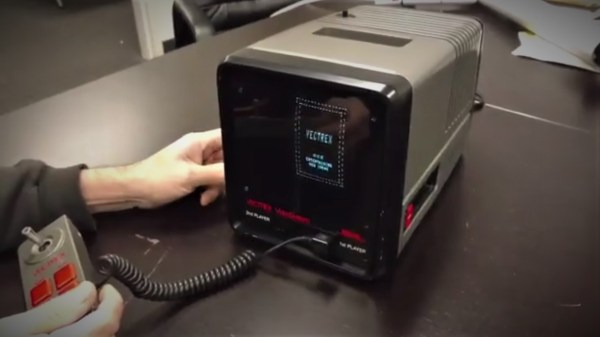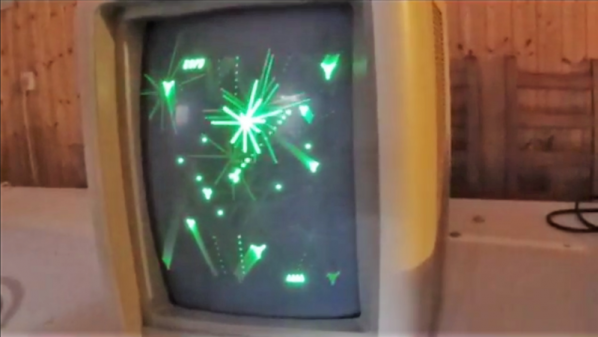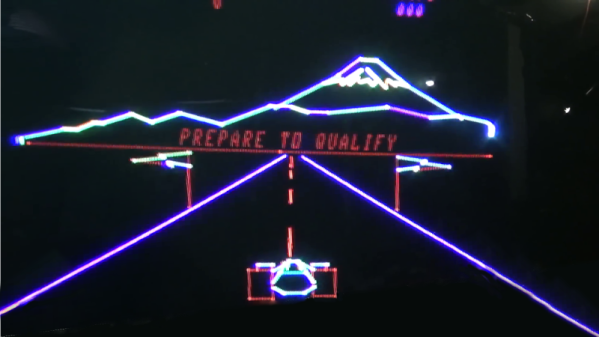Unlike most old consoles, the Vectrex is unique for having a vector-based display. This gives it a very different look to most of its contemporaries, and necessitated a built-in display, as regular televisions aren’t built to take vector signals. Not one to be limited to the stock screen size, [Arcade Jason] decided the Vectrex needed a projection upgrade, and built exactly that.
The build relies on a lens that [Jason] salvaged from an old rear-projection TV. These units used CRTs with big lenses which projected the image onto a screen. That’s precisely what is happening here, with a vector display replacing the CRT used in the original TV. The vector display itself used here is a tube from a small black and white TV set, which [Jason] modified to use a Vectrex yoke, making it capable of vector operation.
Through some modification and careful assembly, [Jason] was rewarded with a wall-sized display for his Vectrex console. This is demonstrated with some beautiful glowing vector demos, accompanied with appropriate bleep-bloop music, as was the style at the time. The Cantina band is a particular highlight.
We’ve seen [Jason]’s vector hacks before, too – like this Asteroids machine modified to display in color. Video after the break.
Continue reading “The Vectrex Projector We’ve Been Waiting For”


















